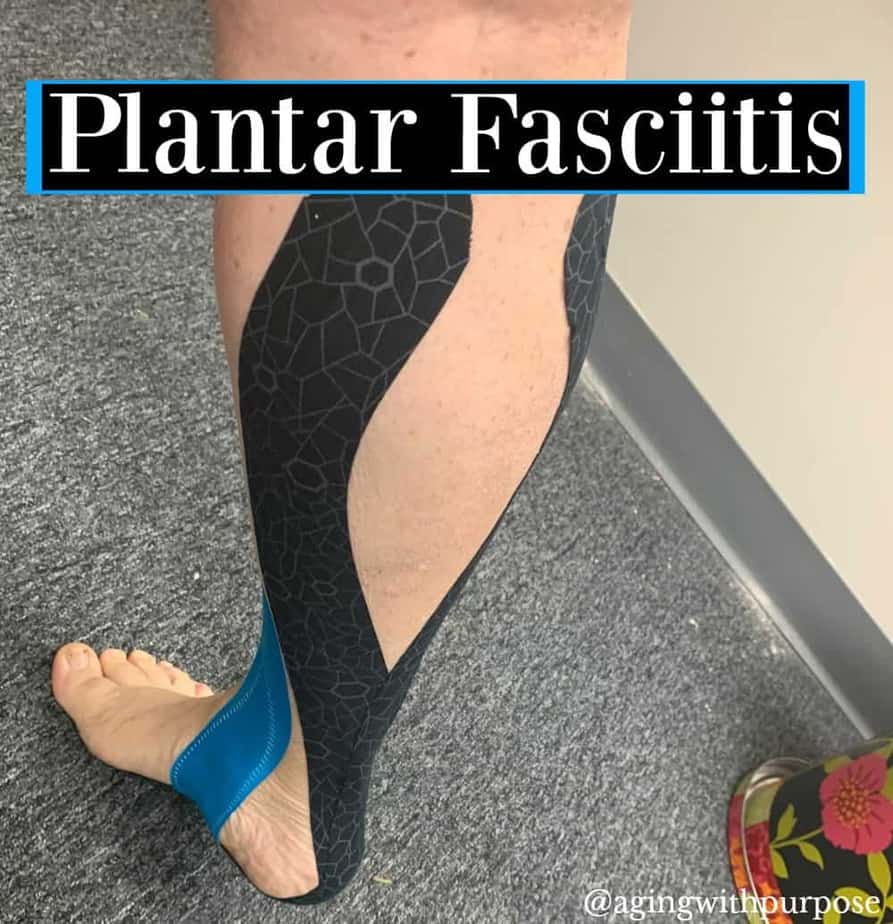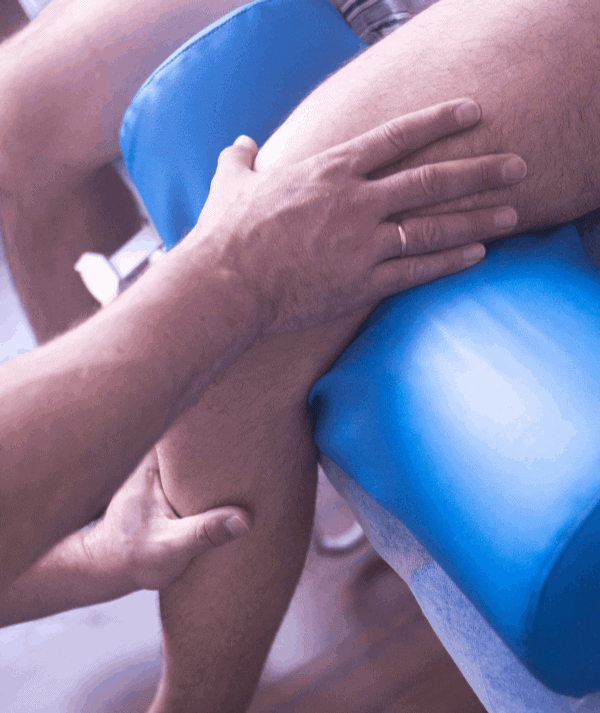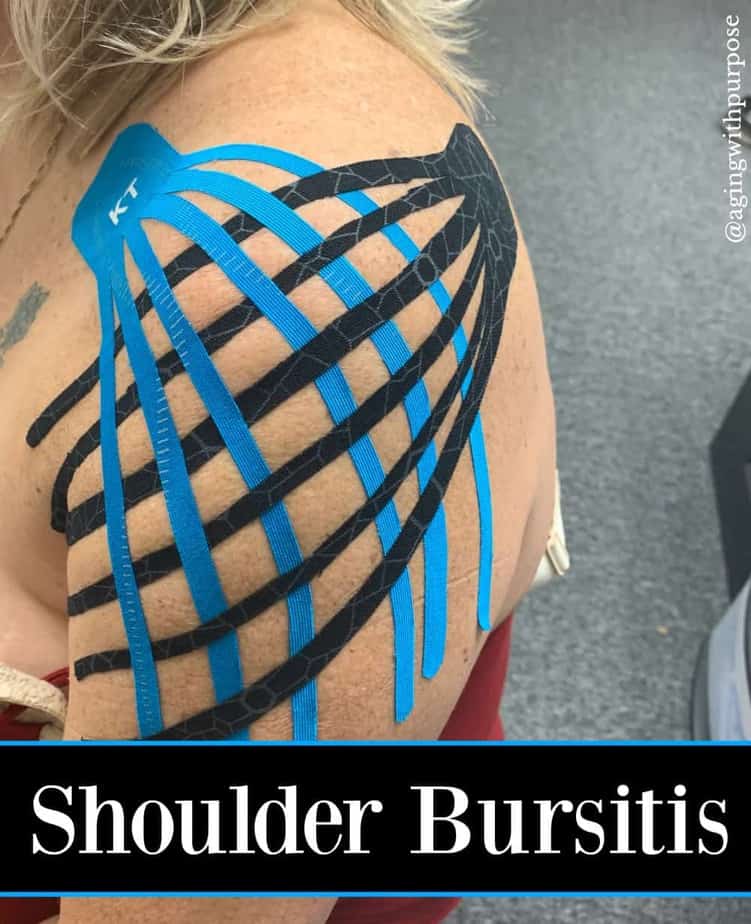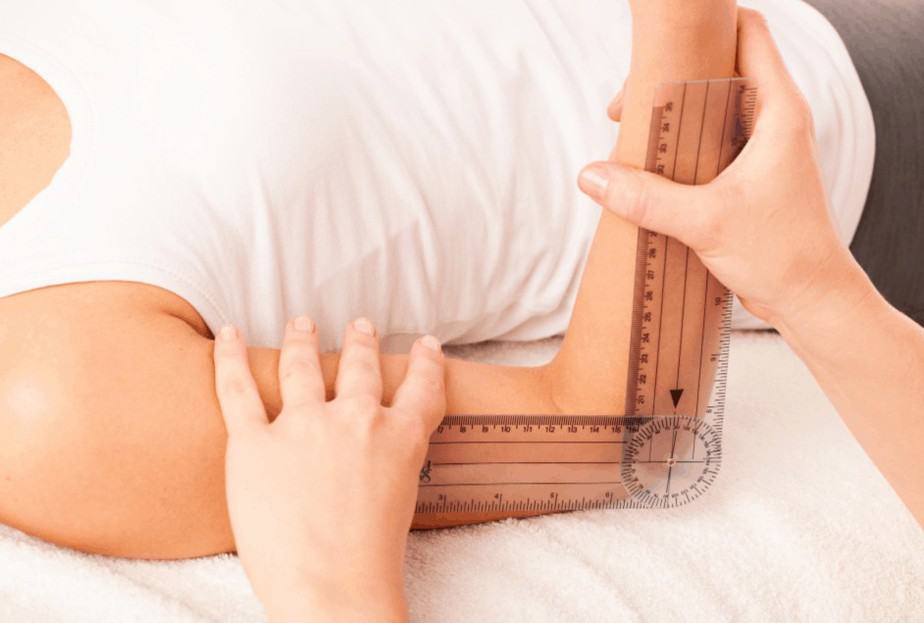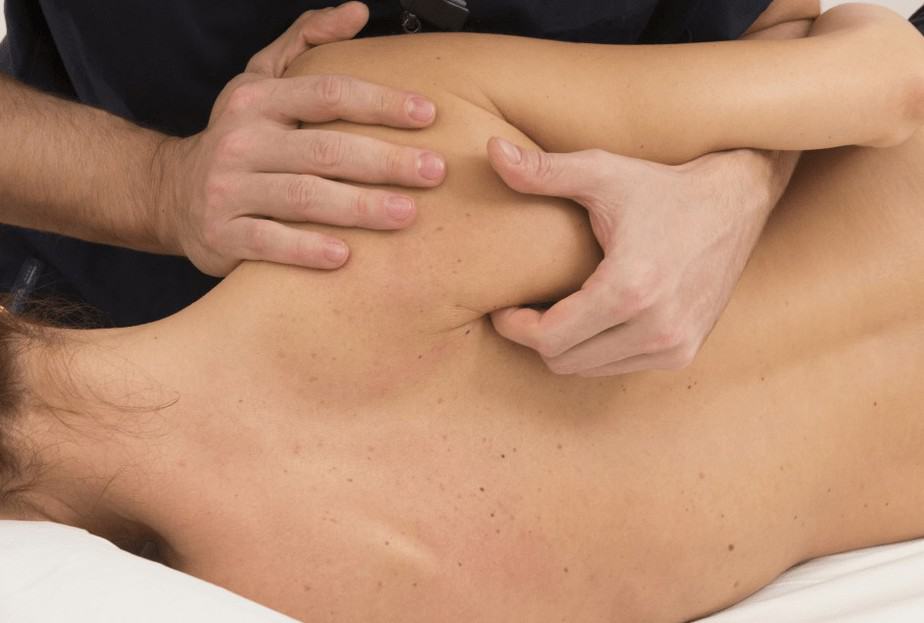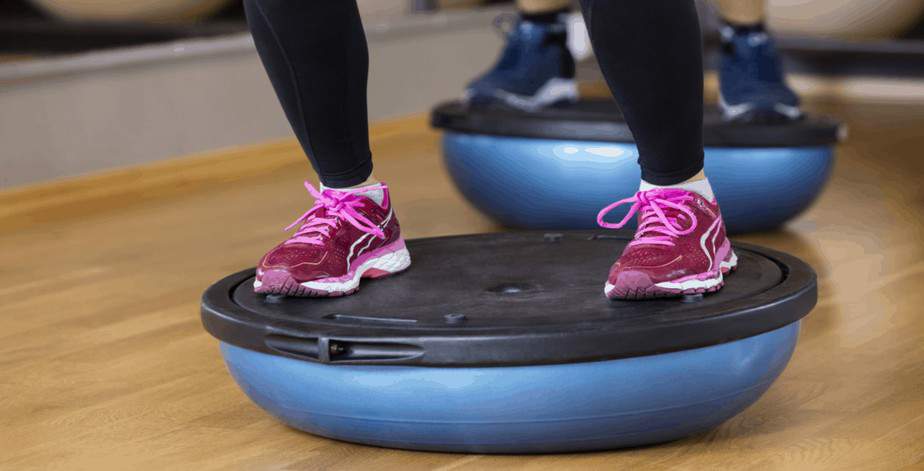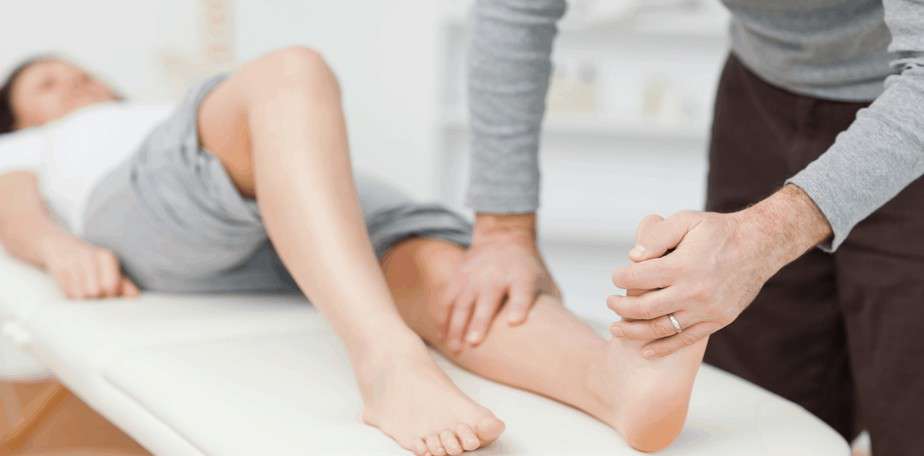
Upper Body and Lower Body Rehabilitation Experts
What is upper body and lower body rehabilitation?
When looking for an outpatient therapist to treat your injury, illness, or recovery, it is important to choose the best therapists for rehabilitation. Going to an outpatient clinic that can attend to both upper and lower body rehabilitation as well as ensure there is carryover into your everyday life is important to maximize your time and money.
Occupational therapy is a whole-body approach to rehabilitation. Highly trained in both the upper body and lower body of the human anatomy, occupational therapists provide physical interventions to restore strength, joint mobility, flexibility, mobility after loss of function from peripheral nerve damage, and help restore sensation for those with paresthesias or neuropathies.
Find out what our approach is to upper body treatment sessions
Find out what our approach is to lower body treatment sessions
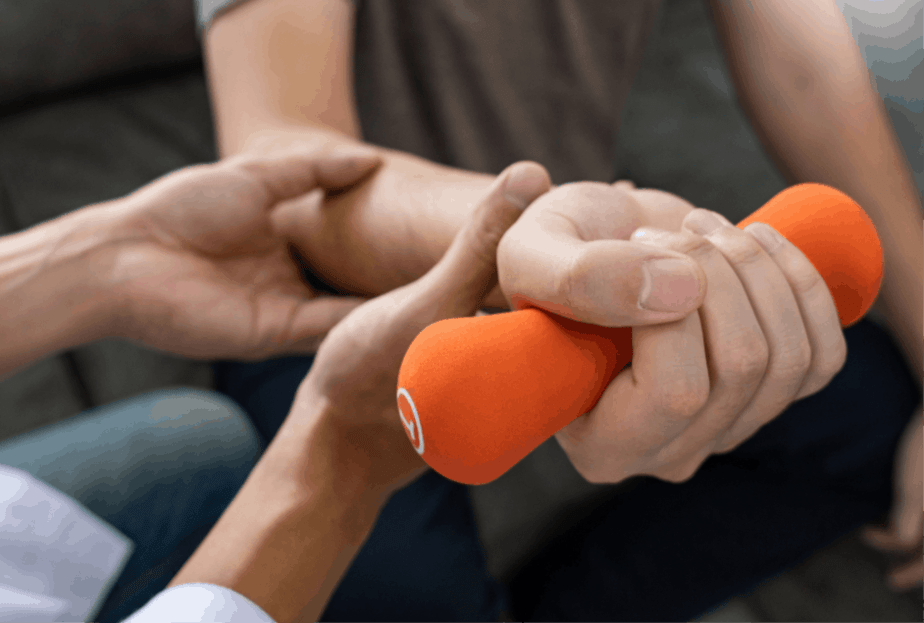
What should you expect when receiving outpatient rehabilitation for your upper body?
- Your occupational therapy team will offer you a full comprehensive evaluation by taking range of motion measurements, offering you a manual muscle test, testing your mobility and flexibility, and determining the impact your upper body ailment is having on your daily life.
- We collaborate with you and your physician/specialist to ensure we are offering you the most current treatment approach with goals relevant to what you want to achieve while staying within the parameters set by your doctor. Most physicians have their own protocol with extensive orthopedic procedures, so we will ensure we are abiding by that.
- We use a hybrid method approach to outpatient rehabilitation which means we begin by addressing your physical upper body symptoms (flexibility, range of motion, scar management, edema, pain, strength) and progress to functional activities. Functional activities are the activities you desire to improve such as opening a jar, turning a key, manipulating your buttons and zippers, driving, getting dressed, etc.
- Arthrits (Degenerative Joint Disease)
- Rotator Cuff Tears
- Subacromial Impingement
- Adhesive Capsulitis or “Frozen Shoulder”
- Biceps Tendinopathy
- Bursitis
- Shoulder Pain
- Tendonitis
- Humerus Fracture (broken arm)
- Radial head fracture
- Cubital Tunnel Syndrome (Ulnar nerve compression)
- Distal biceps rupture (Torn biceps tendon)
- Arthritis (degenerative joint disease)
- Elbow pain
- Elbow fracture (broken elbow)
- Olecranon bursitis (elbow swelling)
- Tennis elbow (lateral epicondylitis)
- Contractures ( severe elbow stiffness)
- Elbow dislocation
- Medial epicondylitis
- Lateral Epicondylitis
- Arthritis
- Carpal Tunnel Syndrome
- Hand Numbness
- Tendon Injury and tendonitis
- Neuropathy or Paresthesias
- Ligament tears and sprains
- Distal radius fractures (broken fractures)
- Rheumatoid arthritis
- Contractures (severe hand stiffness)
- Arthrodesis of carpal bones
- Arthritis (degenerative joint disease)
- Carpal Tunnel Syndrome
- Nerve Injury
- Metacarpal Fractures (broken hand)
- Joint replacement
- Phalanx fractures (broken fingers)
- Hand pain
- Joint contractures (Severe finger stiffness)
- Joint dislocation
- Neuropathy and Paresthesia
What should you expect when receiving outpatient rehabilitation for your lower body?
- Your occupational therapy team will offer you a full comprehensive evaluation by taking range of motion measurements, offering you a manual muscle test, testing your mobility and flexibility, and determining the impact your lower body ailment is having on your daily life.
- We collaborate with you and your physician/specialist to ensure we are offering you the most current treatment approach with goals relevant to what you want to achieve while staying within the parameters set by your doctor. Most physicians have their own protocol with extensive orthopedic procedures, so we will ensure we are abiding by that.
- We use a hybrid method approach to outpatient rehabilitation which means we begin by addressing your physical lower body symptoms (flexibility, range of motion, scar management, edema, pain, strength) and progress to functional activities. Functional activities are the activities you desire to improve such as getting up and down from a chair, getting in and out of your car, going up and down stairs, getting into and out of your home, and being mobile in your community.
- Hip tendonitis
- Muscle imbalance
- Bursitis
- Referred pain from lower back trigger points
- Trochanteric bursitis
- Osteoarthritis
- Arthritis
- Poor hip mobility
- Hip hiking
- Gait irregularity affecting community mobility
- Generalized weakness
- Meniscus tear
- Joint instability
- Generalized weakness
- Arthritis
- Osteoarthritis
- Splint/brace training
- Foot pain
- Neuropathy and Paresthesia
- Muscle tightness
- Muscle imbalance
- Excessive dorsiflexion or plantarflexion
- Gout
- Plantar fascitis
- Peroneal neuropathy
Why choose Buffalo Occupational Therapy for upper body and lower body rehabilitation?
- Immediate appointment scheduling with accommodating appointment times.
- Buffalo Occupational Therapy practitioners have an education and continued competencies in functional evaluations with the subsequent assignment of appropriate adaptive equipment and durable medical equipment that will maximize independence and quality of life.
- An NYS board-registered Occupational Therapy Practitioner can provide a comprehensive functional evaluation to determine your need for kinesiology taping. Although KT practice does not require a special certification, the evaluating therapist will have official credentials and training using this modality to ensure best practice is administered.
- Competent, professional, and high-quality occupational therapy practitioners available to meet your needs
- All of our occupational therapy practitioners have monthly competency requirements including seminars, classes, testing, and research article reading.
Other Specialized
Areas of Practice
Upper Body and Lower Body Rehabilitation
In order to be functional experts, occupational therapists are fully trained in human anatomy- both upper body and lower body rehabilitation strategies and techniques. This allows us to address upper body and lower body diagnoses, posture, balance deficits, and more. We use various treatment methods such as exercises, stretching, training in body mechanics, massage and manipulation, endurance and stamina activities, stair climbing, walking training, and modalities such as e-stim, vibration, cold, and heat.
Vocational Rehabilitation
Vocational Rehabilitation helps you get back to doing what you love and find meaningful. If you have recently experienced a traumatic medical event, been given a diagnoses affecting your livelihood, or have a loved one needing support and training to enter the work-field for the first time, Buffalo Occupational Therapy can provide vocational rehabilitation for a reasonable cost.
Geriatric Rehabilitation
Current research has revealed the human body goes through enough changes over the age 65 to demand a unique approach to medicine and rehabilitation. Buffalo Occupational Therapy uses a Neuro Therapeutic approach partnered with their knowledge of human development to treat older adults through Geriatric Rehabilitation.
Neurological Rehabilitation
Neurological Rehabilitation uses a variety of techniques and methods to promote neuroplasticity, neuronal re-patterning, and return of function to enhance daily living. It is used to help those who have been diagnosed with Neuro-related illness, like Alzheimer's, dementia, Parkinson's, or Multiple Sclerosis, suffered a stroke, brain injury, or spinal cord injury.
Kinesiology Taping
Buffalo Occupational Therapy is specialized in applying kinesiology taping techniques to the skin in order to enhance neural plasticity, support recovery, offer joint support, reduce chronic pain, decrease nerve pain, and help correct muscle imbalances.
Adaptive and Durable Medical Equipment
Buffalo Occupational Therapy offers specialized advice on appropriate adaptive equipment and durable medical equipment for aging in place as well as maximizing independence when living with a progressive disease or chronic illness. Offering low-cost options to address your concerns is something we pride ourselves on, and if we can't offer you a solution, we will find someone who can!
Functional Rehabilitation
Your content goes here. Edit or remove this text inline or in the module Content settings. You can also style every aspect of this content in the module Design settings and even apply custom CSS to this text in the module Advanced settings.
Environment and Home Assessments
Ensuring your personal physical environment and home environment is accessible and safe is just one area of occupational therapy practice. Buffalo Occupational Therapy is specialized in assessing your physical symptoms and needs and applying this information to creating a livable environment both now and throughout the course of your diagnosis. Occupational therapists seek to maximize independence to keep you living in the place of your choice.
Cognitive Therapy and Dual Tasking
Buffalo Occupational Therapy has a special focus in neuroanatomy and what each area of the brain controls in terms of information processing, functional performance, and executing gross mobility. Where many other practices only work on mobility or only work on cognition, Buffalo OT is the only practice in Western New York, addressing both needs in one plan of care. Dual tasking and cognitive therapy is an area BOT feels very confident in addressing as we have seen amazing therapy outcomes.

